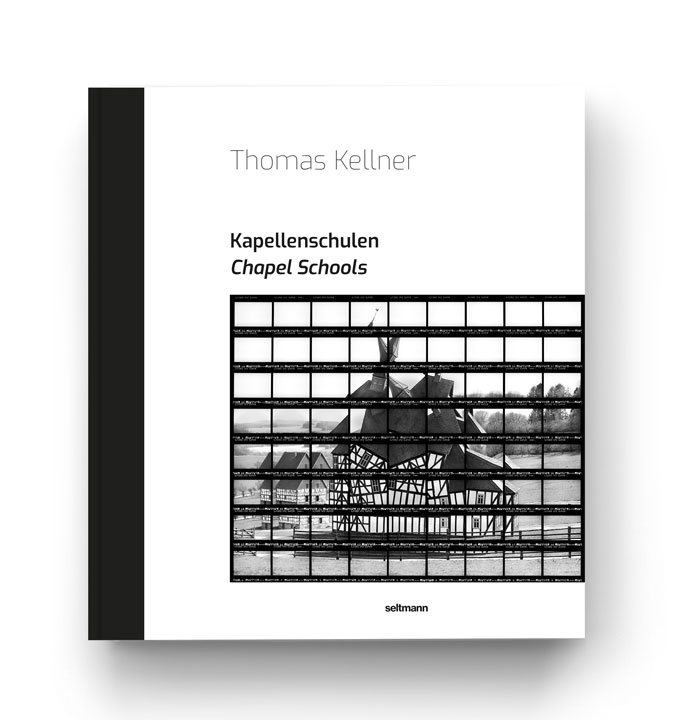St. Peter's chapel Netphen
St. Peter’s Chapel in Netphen is estimated to have been built in the 12th century. It initially served as a community hall. At the beginning of the 16th century, the half-timbered extension was added and then served as a school. The original building part has remained essentially unchanged.
The chapel school was in school use until 1880. In 1904, the downstairs was extensively renovated. The exterior facade was altered and received a new exterior finish and slated turret. Later, the former chapel school served as a residential building.
A fire in 1945 made the building non-inhabitable. The present St. Peter’s Church was built on the remaining foundation walls. It is protected as a historical monument.
Netphen in: The Chapel Schools' Book
Chapel schools form a solitary architectural type for the Siegerland and its neighboring regions.
As stand-alone buildings and conspicuous in their surroundings, like the one in Netphen, they reveal the connection between religion and school education starting from the domain of Count William I of Nassau-Katzenelnbogen (1487-1559) and his son John VI of Nassau, Katzenelnbogen and Dietz (1536-1606). The hybrid used buildings existed until the end of the 19th century and in parts even until the 20th century.
Chapel Schools a solitary architectural type
The Siegen fine art photographer Thomas Kellner recognized the historical and cultural value of these buildings and set himself the task of preserving and recalling this typical regional cultural asset through a new medium. By means of photography he transfers the chapel schools into an artistic context and gives the historical topic a new dimension in the present (art).
Just as the chapel schools united in themselves two spheres of life, this publication also conveys different contemporary perspectives on the history and genesis of the chapel schools. While Kellner tries to rethink the type of building, which oscillates between profane and sacred, with his artistic realization, Chiara Manon Bohn, Isabell Eberling M. Sc. Dr. Andrea Gnam and Dr. Stefanie Siedek-Strunk provide an insight into the historical, architectural and religious classification of the chapel schools up to the pictures of Thomas Kellner in text contributions.











